Max G. Manwaring
“You know you never defeated us on the battlefield,” said the American colonel. The North Vietnamese colonel pondered this remark a moment. “That may be so,” he replied, “but it is also irrelevant.”[1]
Introduction and Problem
The traditional distinctions between crime, terrorism, subversion, and insurgency are blurred. This new dynamic involves the migration of the monopoly of political power (i.e., the authoritative allocation of the values in a society) from the traditional nation-state to unconventional actors such as the Islamic State of Iraq and Syria (ISIS), transnational criminal organizations, Leninist-Maoist insurgents, tribal militias, mafia organizations, private armies, cartel enforcers, third generation gangs (3GEN Gangs),[2] and other modern mercenaries and entrepreneurs. These actors conduct some form or level of war against various state and non-state adversaries and promulgate their own rule of law—within alternatively governed spaces—within the societies they control. That activity creates an ambiguous bazaar of violence where criminal entrepreneurs fuel the convergence of crime and war.[3] That kind of activity must inevitably result in an epochal transition from traditional Western nation-state systems and their liberal democratic values to something else dependent of the values—good, bad, or non-existent—of any given winner.[4]
All this represents a quintuple threat to the authority, legitimacy, and stability of targeted governments. Generally, these threats include the following: 1) undermining the ability of a government to perform its legitimizing functions; 2) significantly changing a government’s foreign, defense, and other policies; 3) isolating religious or racial communities from the rest of a host nation’s society, and replacing traditional state authority with alternative governance; 4) transforming socially isolated human terrain into “virtual states” within the host state, without a centralized bureaucracy, or any easily identified legitimate military or police forces; and 5) conducting low-cost actions calculated to maximize damage, minimize response, and display carefully staged media events that lead to the erosion of the legitimacy and stability of a targeted state’s political-economic-social system. The intent of this destabilization effort is to move the state into the state failure process and exploit the situation for one’s own purposes. State failure, however, is not the ultimate threat.[5]



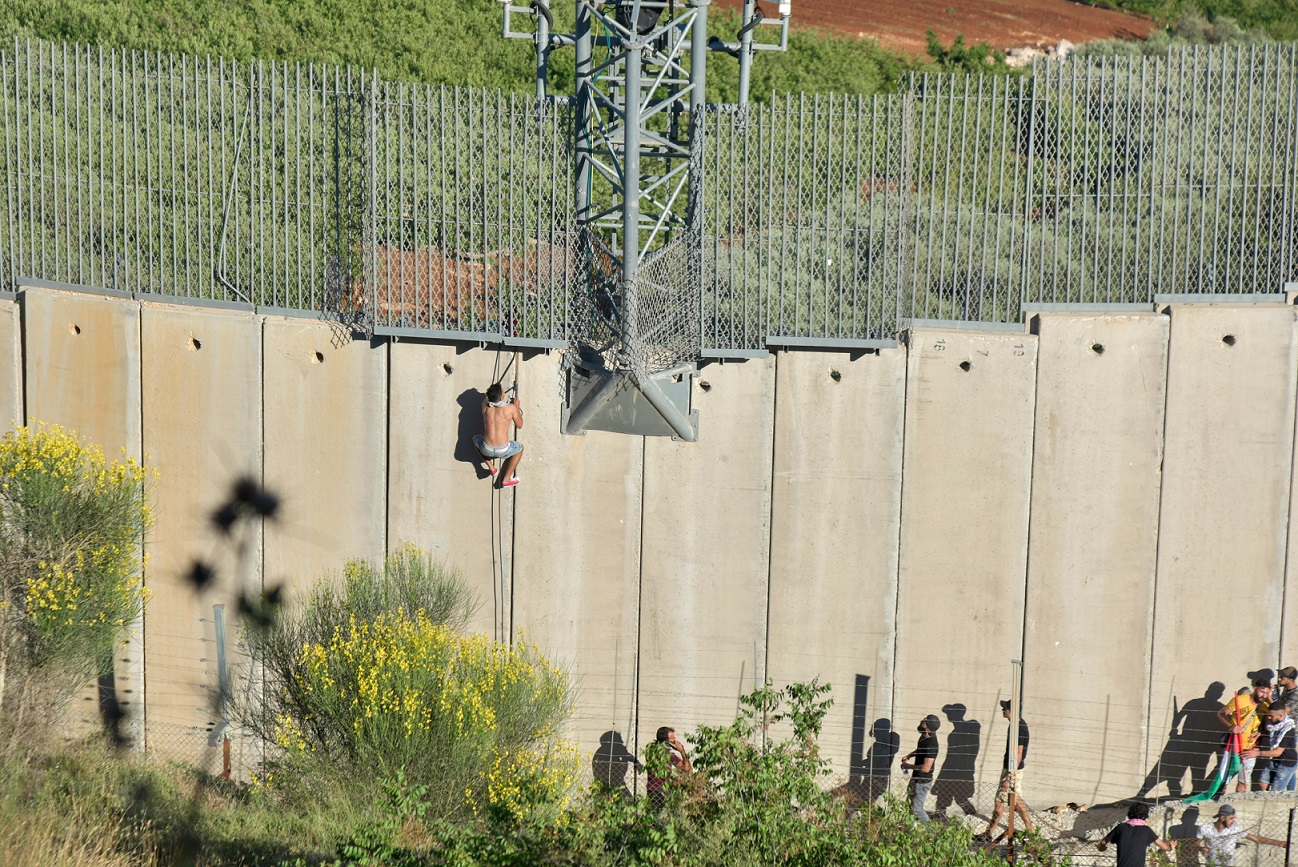

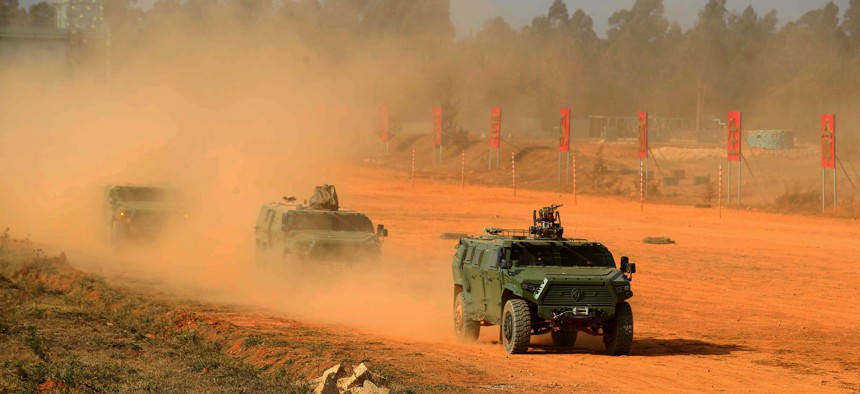
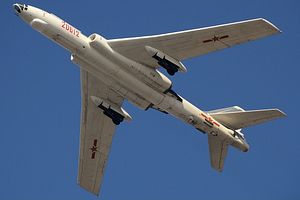

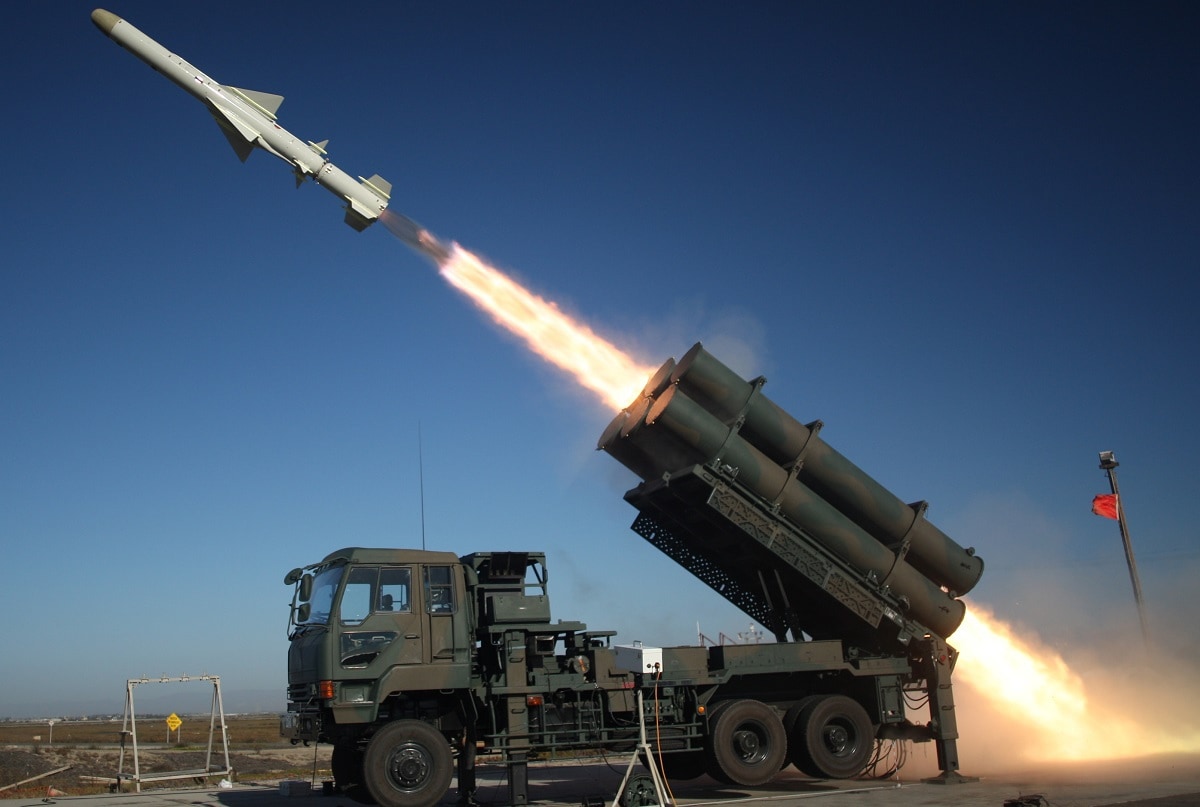

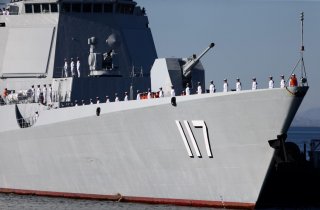
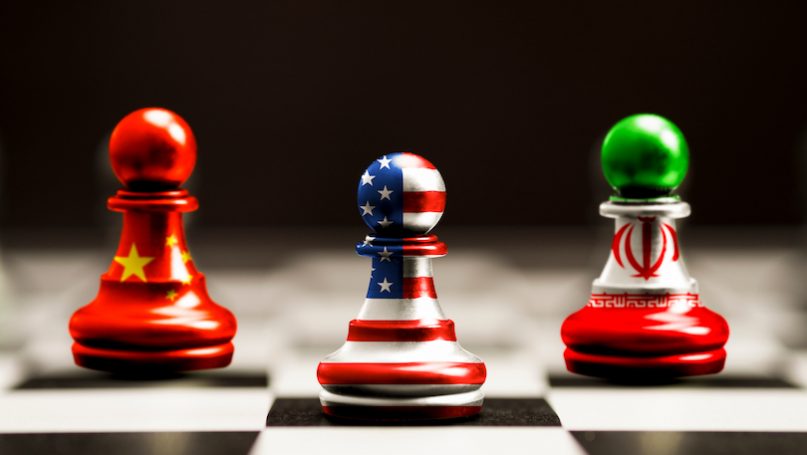
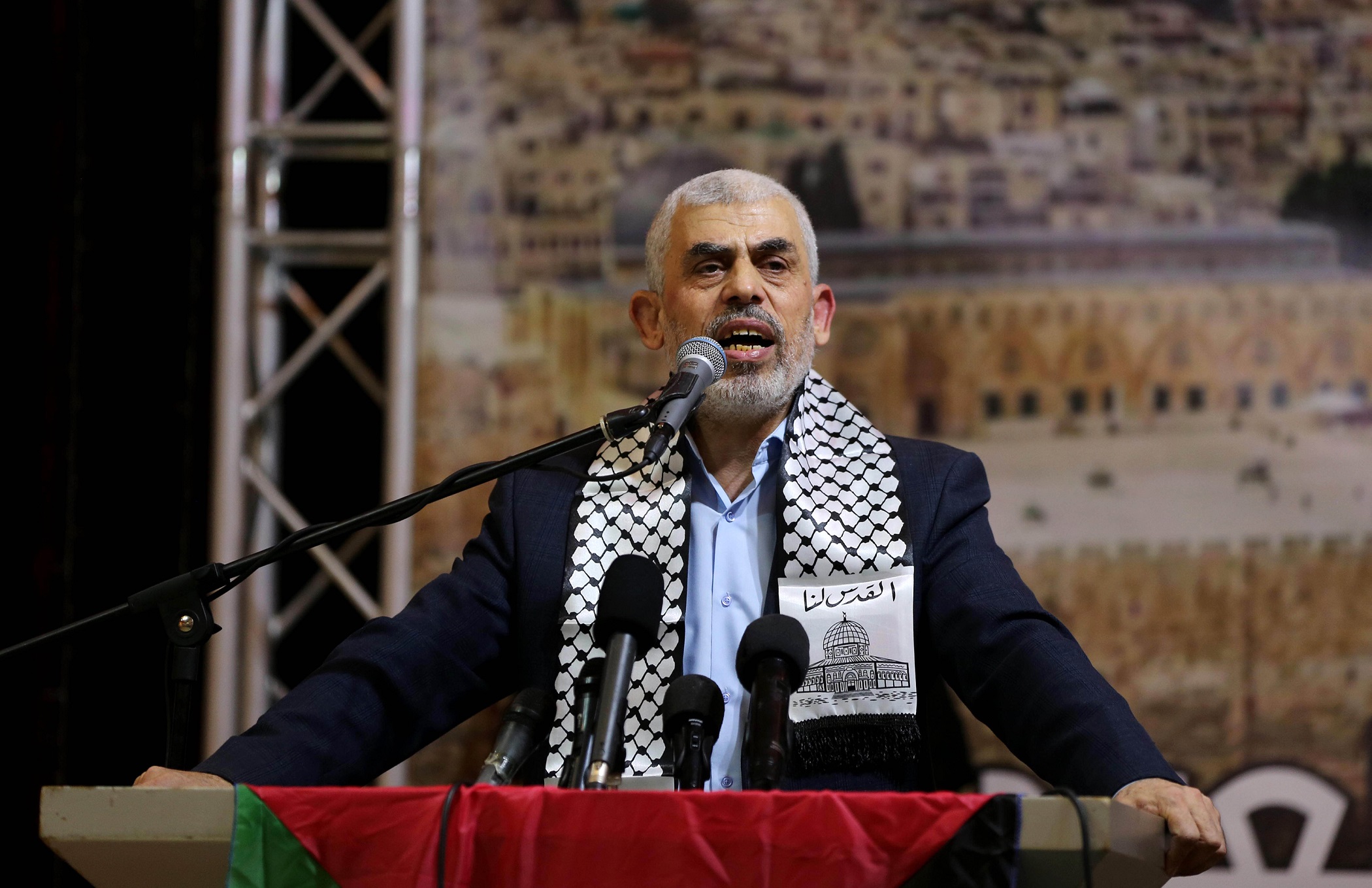
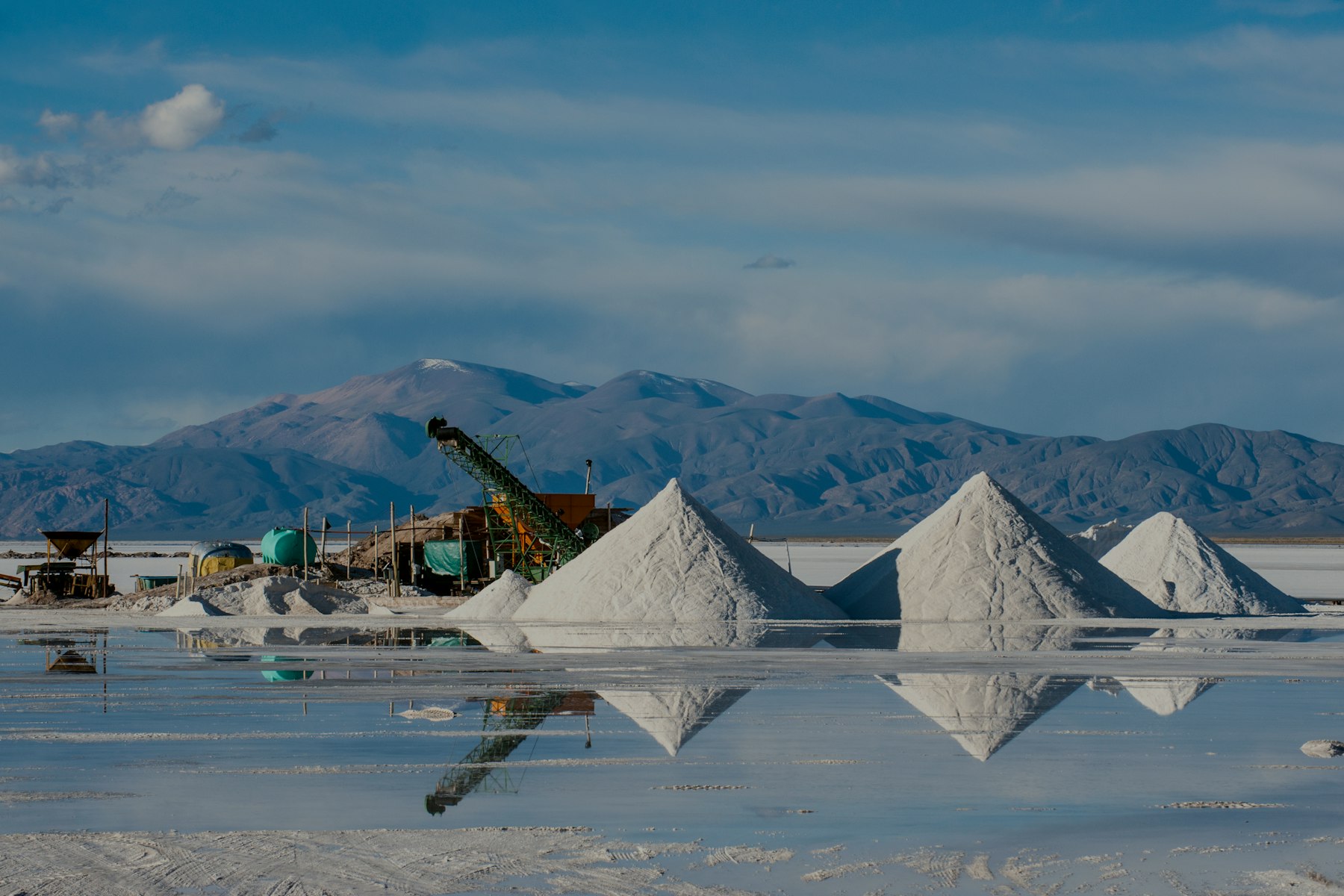



/cloudfront-us-east-1.images.arcpublishing.com/mco/CC4FIGSBNBBJBNU5G4QSMGA7PM.jpg)